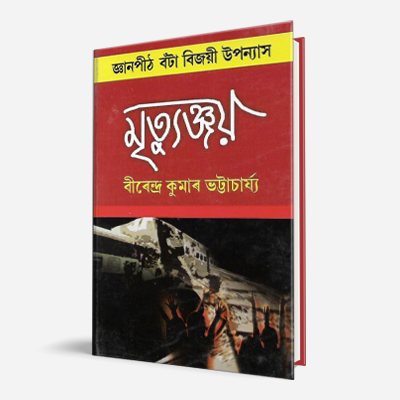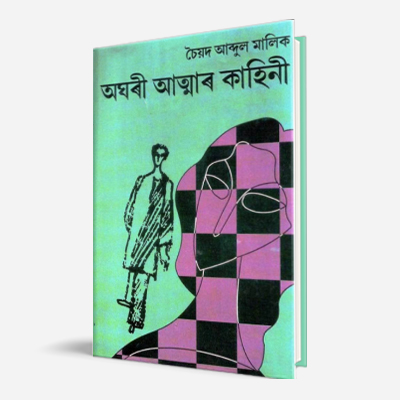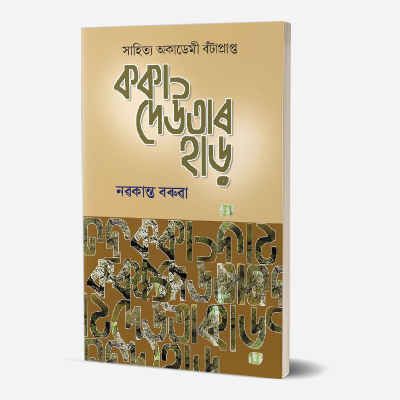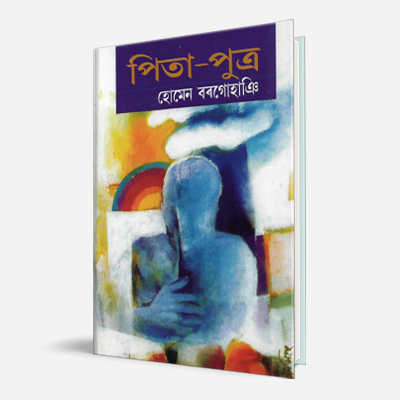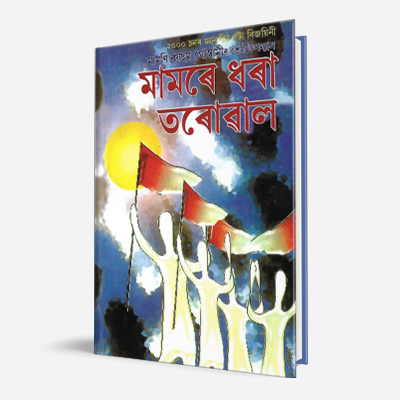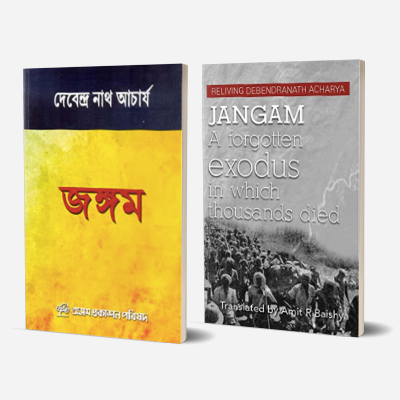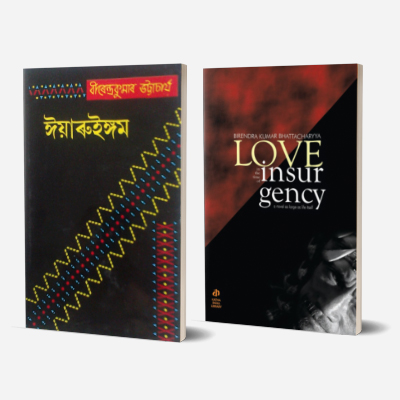Pita Putra
By Homen Borgohain
Translated into English as Pita Putra by Ranjit Biswas (1999)
In Pita Putra, Homen Borgohain presents a psychological realist study of the impact of India’s transition to independence over two generations. The first generation, represented by protagonist Sivanath Phukan, born into an orthodox zamindari family in pre-Independence Assam, struggles to deal with his five children who grew up after Independence, questioning the authority of their traditions, their caste and community, and even their father’s authority over them. The novel has received a great deal of literacy critique: considered by some to be a rejection of post-colonial ideals of liberality, modernity and democracy, and by others as a realistic portrayal of the complex debates of nation-building, institutions, and tradition through a generational perspective of change and continuity that defined the Independence movement, and continue to reverberate today. Pita Putra received the Sahitya Akademi Award in 1978 (returned in 2015).
About the Author
Homen Borgohain (1932—) is a well-known Assamese writer, columnist and journalist, who currently serves as chief editor to the Assamese newspaper Niyomiya Barta. Borgohain is known for exploring the intricacy and nuance of urban and rural life in Assam, and their intersections with each other. Over the decades, Borgohain has accumulated a large collection of novels, short stories and poetry, served as President of Assam Sahitya Sabha (2001), and pioneered new trends in Assam’s literature (particularly realism). Today, he is considered to be one of the most respected and authoritative figures on Assamese and North-Eastern life, both in literature and media.
Mamare Dhara Tarowal Aru Dukhan Upanyasa
By Mamoni Roysom Goswami (Indira Goswami)
Mamare Dhare Tarowal, typically translated as ‘The Rusted Sword’ revolves around a long-drawn strike by the labourers of a famous construction company of India about an aqueduct over the River Sai in Raebareli Dist. Partially based on her experiences of strikes in the region, Goswami explores how the strike ultimately became a failure due to the betrayal of some of the labour leaders and the lack of unity and foresight among the strikers. Thus, a powerful tool of revolt and resistance ends up being as ineffective as a rusted sword. Throughout, Goswami infuses the novel with detailed contrasts of the impressive, gargantuan constructions being made by the workers, with the minute disagreements and secret plots play out amongst the workers, gradually eroding their unity, despite their knowledge of the hurdles they face as individual labourers. According to the academic Prafulla Kotoky, the success of the novel lies in how it is at times “poignant [but] in places where the writer tells us about the degradation, moral and physical, it is almost unbearably grotesque”. The novel received the Sahitya Akademi Award in 1983.
About the Author
Indira Goswami (14 November 1942 – 29 November 2011) known by her pen name Mamoni Raisom Goswami and popularly as Mamoni Baideo, was an Assamese editor, poet, professor, scholar and writer. Her writing has consistently contained feminist and post-colonial themes, with a particular focus on the lives of the Indian subaltern, all while retaining a distinctly Assamese identity. Her work has received great acclaim, appreciation, and at times criticism for her bold representations and critiques of religious practices and North-Eastern secessionist movements. In fact, she played a critical role as the mediator between the Indian government and the United Liberation Front of Asom. For her immense literary contributions, she received the Jnanpith Award (2001) and Netherland’s Prince Claus Laureate (2008).
Also read
Tej Aru Dhulire Dhushorito Prishtha (Pages Stained with Blood)
Perhaps Goswami’s most famous work, Pages Stained with Blood is considered a classic of modern Assamese literature. In the novel, Goswami portrays the pogrom of the Sikh community in the aftermath of Indira Gandhi’s assassination through a semi-autobiographical lens, piecing together the deaths of Sikh people in Delhi. Following a first-person narrative, it resembles a sort of diary of thoughts and experiences, that progressively become more chaotic and violent.
Jangam
By Debendra Nath Acharya
Translated as Jangam: The forgotten exodus where thousands died by Amit Baishya (2018)
Set in the background of the Japanese invasion of Burma during the Second World War, the novel tells the story of the suffering of the Burmese-Indians who escaped Burma in search of safety in Indian territory. It painstakingly describes the mix of violence, destruction and suffering, along with a continued, relentless hope in the minds of the refugees making their way across the mountainous terrain and war-torn countryside. To this day, the novel stands as one of the only depictions of this exodus in literature. Despite that, the beauty of the novel lies, in the words of author Arabinda Nath Sharma, in the fact that it is “a human story where historical characters are not only prototypes of those in modern society, but some of them symbolize a deeper philosophy which is the result of the author’s probe into himself”. It received the Sahitya Akademi Award in 1984.
About the Author
Debendranath Acharya (1937 – 1981) was an engineer, novelist, and scholar of Sanskrit. He was the Principal of Assam Engineering College. He wrote multiple popular Assamese novels, along with collections of children’s literature. Despite his short life, he was instrumental in popularizing the trend of historical fiction in Assamese literature.
